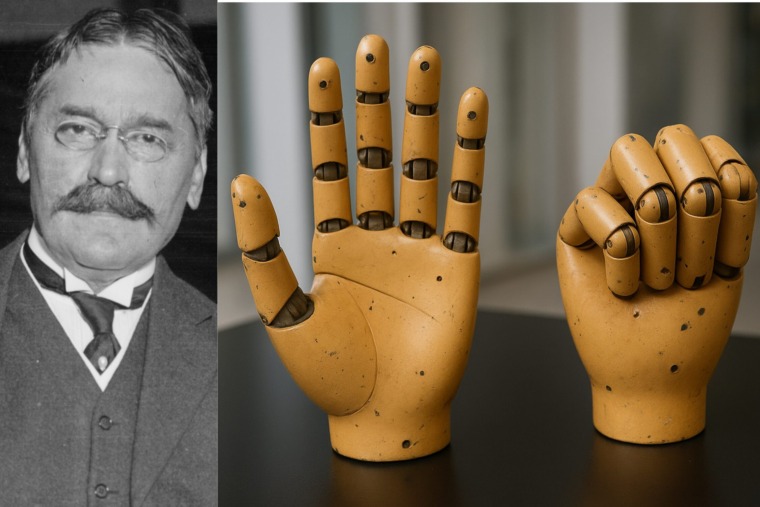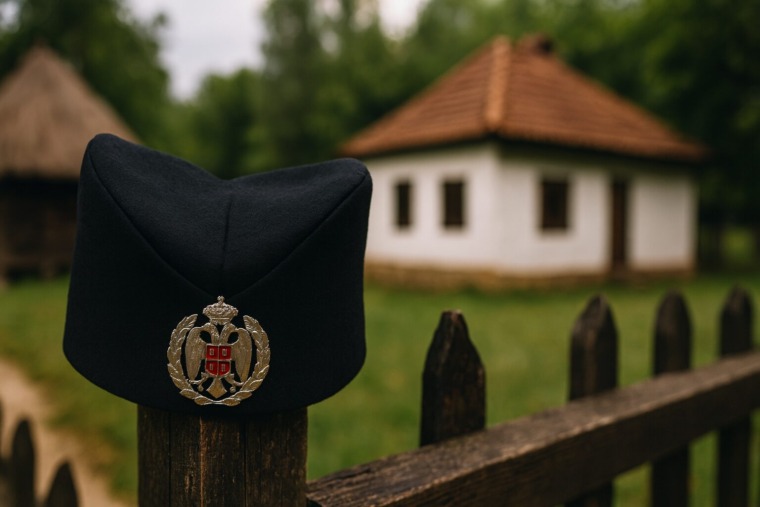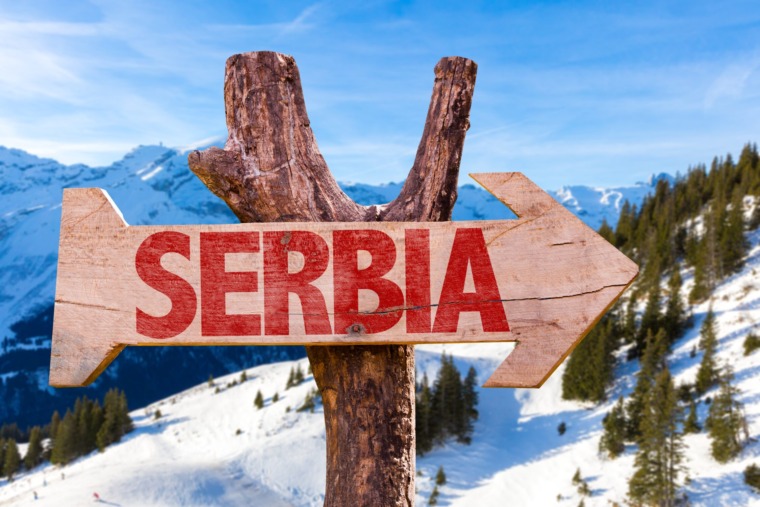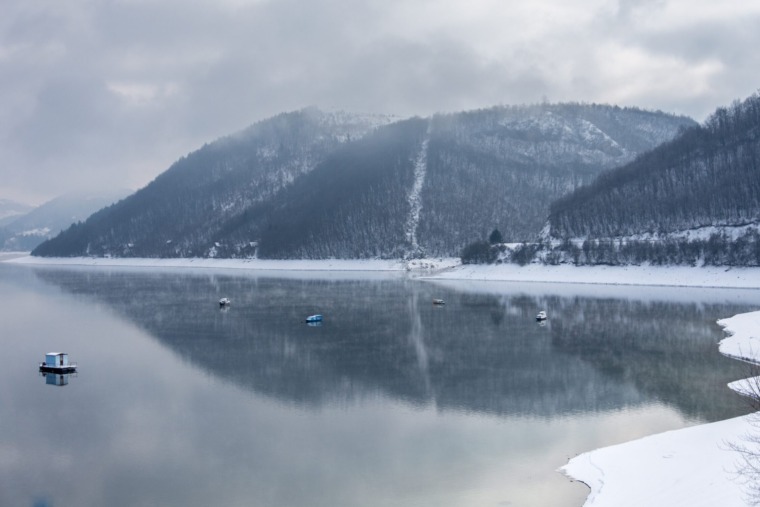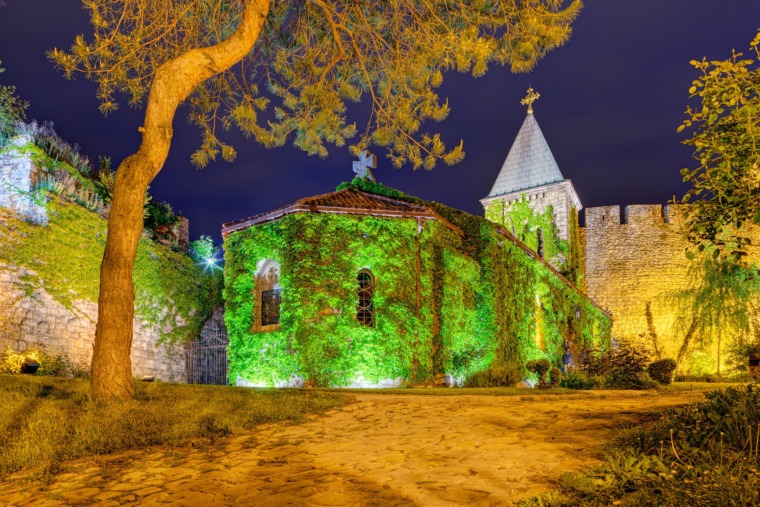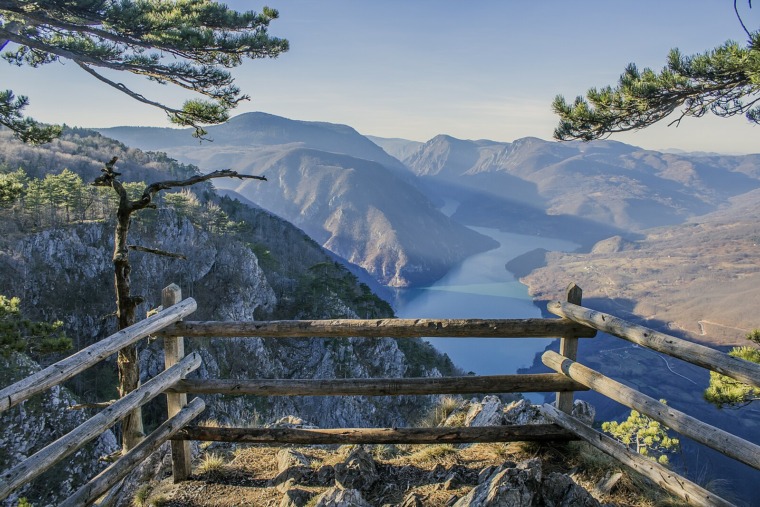
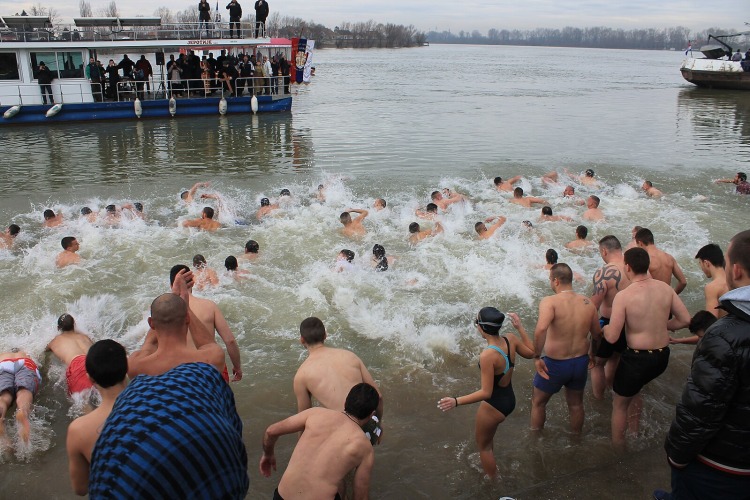
Bogojavljenje or Epiphany, celebrated on January 19th, is one of the most important holidays in the Christian calendar. In Serbia, it is marked by special beliefs and customs that make this day unforgettable. Alongside its religious significance, Epiphany in Serbia is enriched with rich folk traditions, and one of the most famous customs associated with this holiday is swimming for the Holy Cross, one of the most thrilling events of the winter season in the country.
What is Bogojavljenje?
Bogojavljenje or Epiphany, celebrated by Orthodox Christians, marks the baptism of Jesus Christ in the River Jordan. For Christians, this is the day when Christ began His public ministry, and it is also a symbolic moment of Divine revelation. In Serbia, Epiphany is a holiday celebrated with great respect, blending deep religious observance with folk customs and festive gatherings.
Swimming for the Holy Cross: A Brave and Spiritual Challenge
One of the most well-known, but also the most demanding traditions related to Bogojavljenje in Serbia is swimming for the Holy Cross, also known as Epiphany swimming. On this day, numerous rivers, lakes, and pools across the country host gatherings where people come together to take part in the courageous challenge of plunging into cold waters and trying to retrieve the cross that is thrown into the water by the priest.
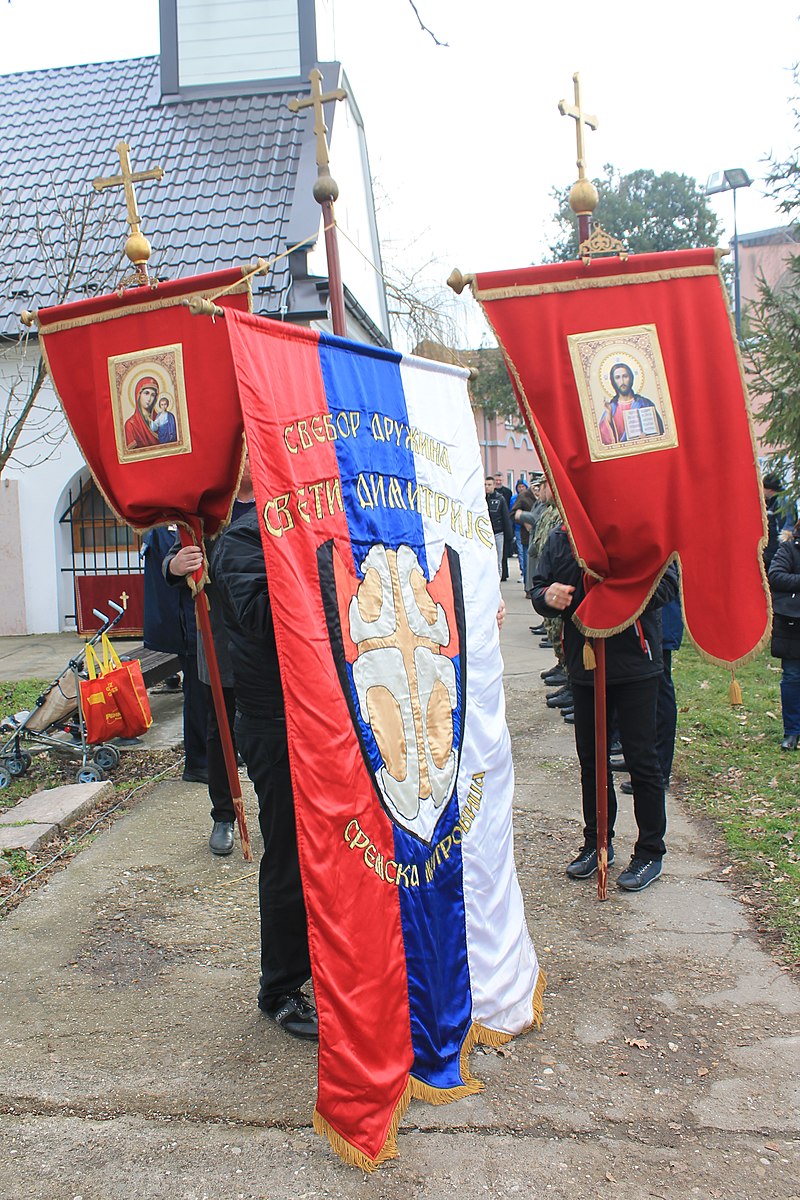
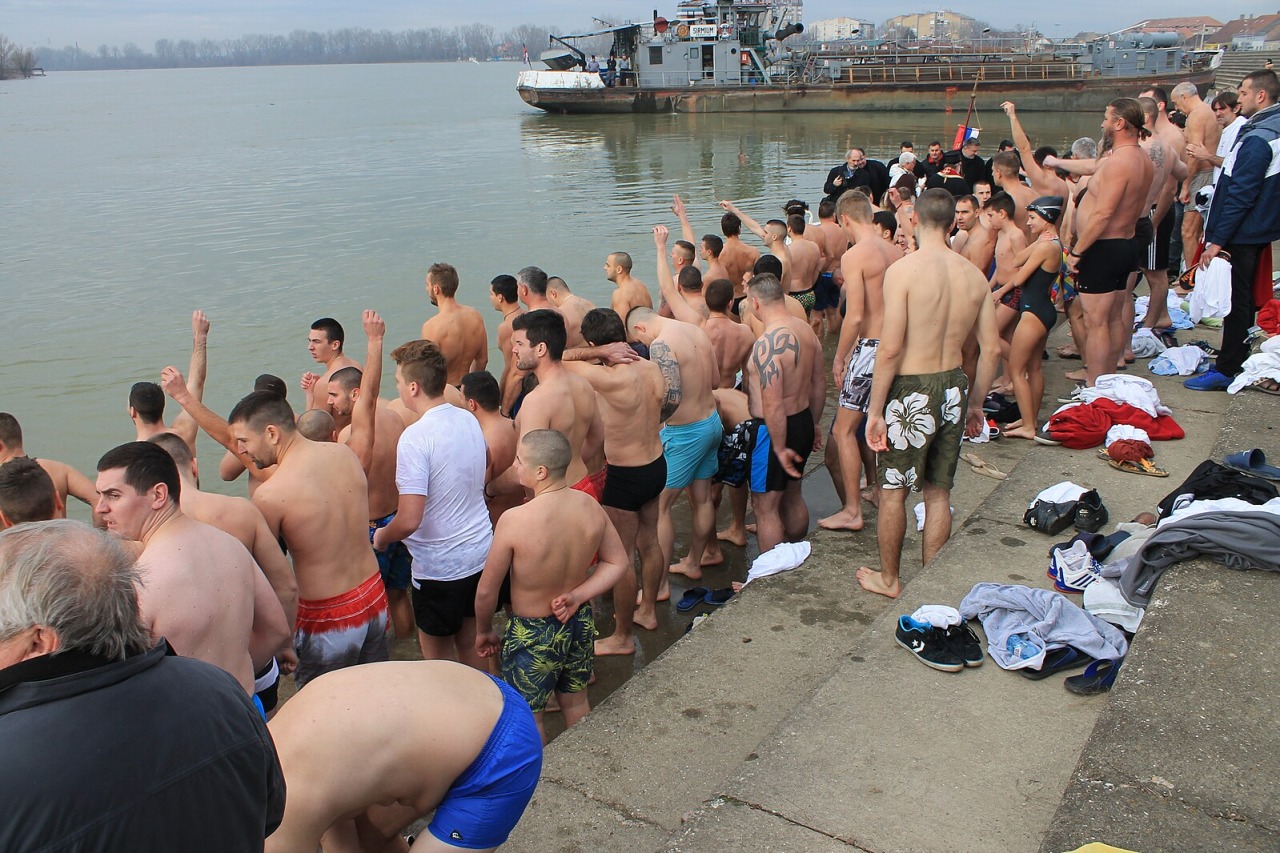
This tradition is deeply rooted in religious symbolism, as it is believed that whoever successfully retrieves the Holy Cross from the water will be blessed and will enjoy good luck throughout the year. Over time, this swimming event has turned into a spectacle, with participants of all ages, from young athletes to older locals, sometimes even women, taking part.
Where and How is It Celebrated?
Swimming for the Holy Cross takes place in many cities across Serbia. Some of the most well-known locations include rivers like the Sava, Morava, and Danube in Novi Sad, but monasteries and local churches also organize smaller-scale events.
In Belgrade, for example, many gather at the banks of the Sava River or near churches, with special liturgies held prior to the swimming event. In the southern parts of the country, such as in Niš, Vranje, and Leskovac, this custom is also incredibly popular, and gatherings near rivers create a truly unforgettable atmosphere.
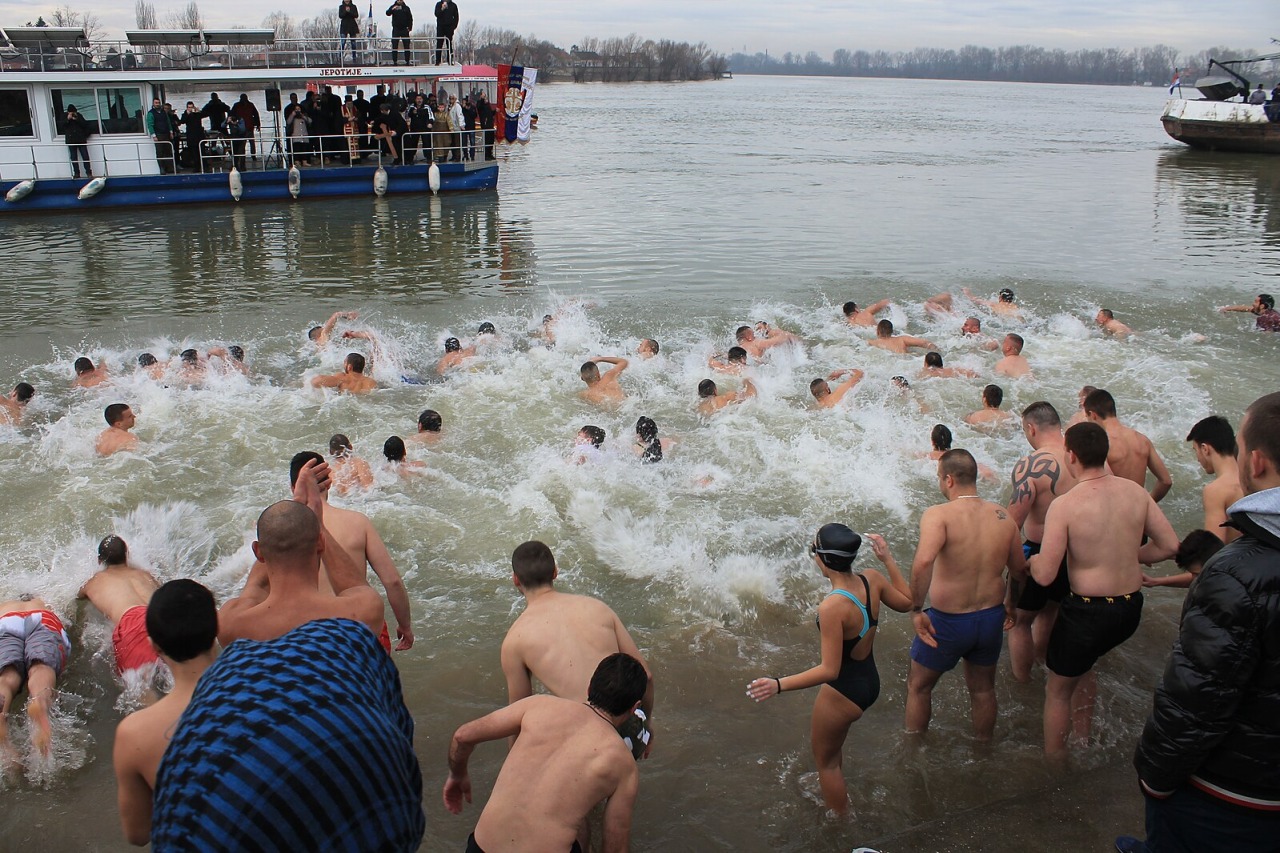
The ceremony usually begins with a church service, followed by prayers, and then the swimmers are given the signal to dive into the cold water and search for the cross. The water, typically icy cold in January, symbolizes purity and repentance, and swimming for the cross becomes a test of faith and physical endurance.
The Significance of the Tradition
Swimming for the Holy Cross is much more than just a physical challenge – it is a symbol of spiritual cleansing, bravery, and reverence for tradition. While retrieving the cross is an impressive feat of courage, it represents the act of dedication and hope, with the belief that the one who retrieves it will be rewarded with God’s blessing.
For those participating, it is important to show not only physical bravery but also inner strength and faith, as it is an opportunity to recommit themselves to their spiritual journey and renew their faith.
The Tradition That Endures
Although this custom is quite ancient and deeply ingrained in Serbian tradition, it remains prevalent today throughout the country. Each year, more people decide to take part, and the custom continues to grow in popularity among the youth, who wish to connect tradition with their spiritual life.
Bogojavljenje in Serbia is not just a moment of faith, but also an opportunity for people of all generations to come together and celebrate love, spirituality, courage, and tradition. Additionally, more and more cities and monasteries are recognizing the importance of preserving this custom by organizing accompanying cultural events, exhibitions, and festivities, ensuring that the tradition is preserved and passed down to future generations.
Bogojavljenje and swimming for the Holy Cross represent a unique blend of faith, courage, and tradition in Serbia. This custom is not only a physical challenge but a spiritual journey, where participants demonstrate their endurance and deep respect for tradition, faith, and God’s grace. As customs evolve and adapt to modern times, it is certain that Bogojavljenje will remain one of the most important and beautiful holidays that unites the people, faith, and culture of Serbia.
Related Articles


Winter Starts Here: Serbia’s Magical December
December 1, 2025